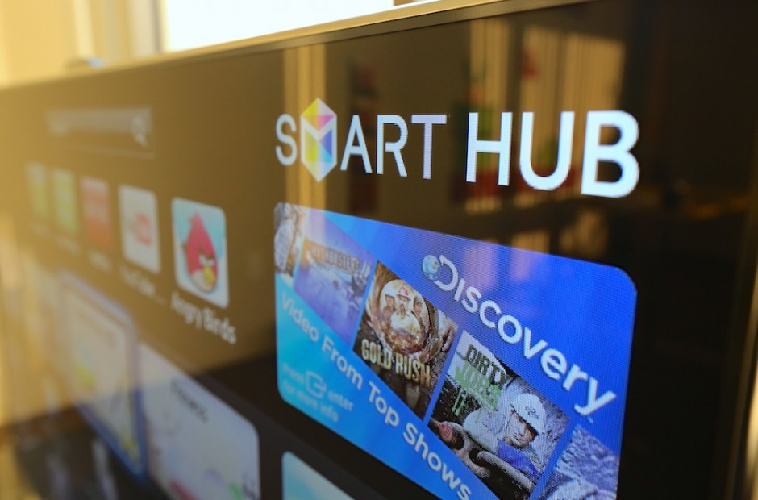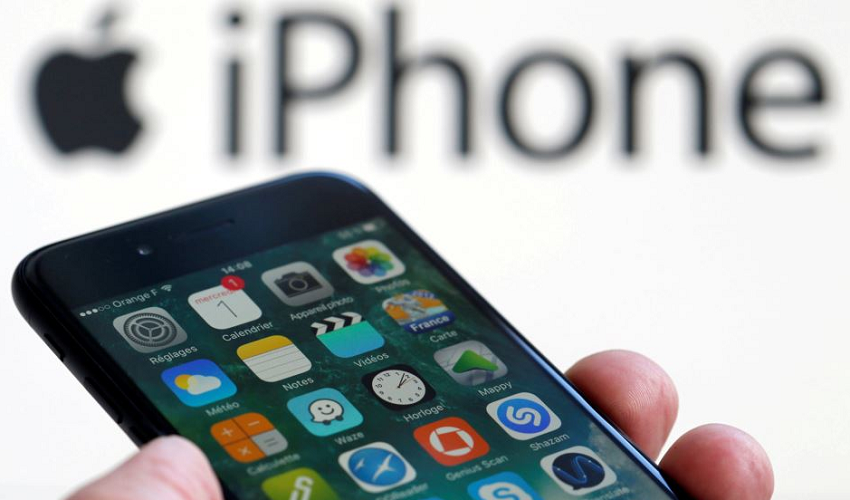Ever since whistle-blower Edward Snowden leaked dirty secrets of the NSA, the United States of America has been called by The Surveillance State. Several experts have claimed that other government agencies like the CIA and Homeland Security run their secret surveillance programs. WikiLeaks has been at the core of the accusers, and now the organization has released the “largest ever publication of confidential documents” code-named Vault 7.

The publication starts with information of “Year Zero,” complied with more than 8000 documents leaked for the Center for Cyber Intelligence in Langley, Virginia. The series alleges CIA targeting the French political parties during their 2012 presidential election and gives the peek into some of the most covert hacking systems run by the CIA.
The CIA today allegedly operates the surveillance state program within its confines that surpasses the capability of the NSA and is held to minimal accountability and for its actions. One of the most troubling revelations from the WikiLeaks Vault 7 report is that the CIA network was infiltrated and lost a stockpile of weaponized exploits, hacking systems, trojans, viruses, and other malware control systems.
How CIA hacking operations target smart devices in the surveillance state.
While most of us realize and accept that we live in a surveillance state, the capabilities of the Central Intelligence Agency spying systems are distressing. The malware developed by the EDG (Engineering Development Group) under the CIA targets Android devices, iPhones, and even Smart TVs, turning these devices into covert microphones.
The CIA allegedly partnered with the United Kingdom’s MI5/BTSS to hack into Samsung Smart TVs and developed a “Fake-Off” mode. While the user would believe that the system is turned off, the program would enable these intelligence agencies to record conversations and send them directly to the servers.

iOS devices may not hold the majority of the market share, but the Mobile Development Branch of the CIA sure loves them. The CIA has produced a malware that is designed to control and recover data exclusively from Apple’s iPhones and iPads, as these devices are popular among political, social, and diplomatic figures.

The Year Zero series also uncovers that the CIA has 24 major Android exploits in its arsenal developed and obtained from the NSA, HCHQ, and other cyber arms contractors. With these techniques, the Agency can access data on services like WhatsApp, Signal, Wiebo, Telegram, and others through encryption bypassing.
Computer systems such as Windows, Mac OS X, Linux, Solaris, and others have been at the receiving end of CIA cyber-attacks for decades, with server targeting from the Network Devices Branch. In contrast, the Automated Implant Branch has given rise to several automatic malware attack systems.
CIA hides vulnerabilities that “others” can exploit
Be it corporate greed for maintaining their respective market share in the world of technology, the U.S. tech industry made sure that the Obama administration signs off on an order that all severe vulnerabilities detected by the AgencyAgency would be disclosed and not hoarded for future use.
The Year Zero leaks suggest that the CIA did breach this commitment made by the administration to tech companies like Apple, Google, Microsoft, and many others, as it continued to hoard vulnerabilities, exploits, and bugs that were detected by the cyber unit.

The risk here exists to the significant population since if the CIA can find out about such vulnerabilities, so can foreign intelligence organizations, which poses a much more substantial threat. For instance, if the CIA finds some exploits in the iPhones or Android devices to be useful for hacking, they may not disclose it to the manufacturers, and thus keep the devices vulnerable.
